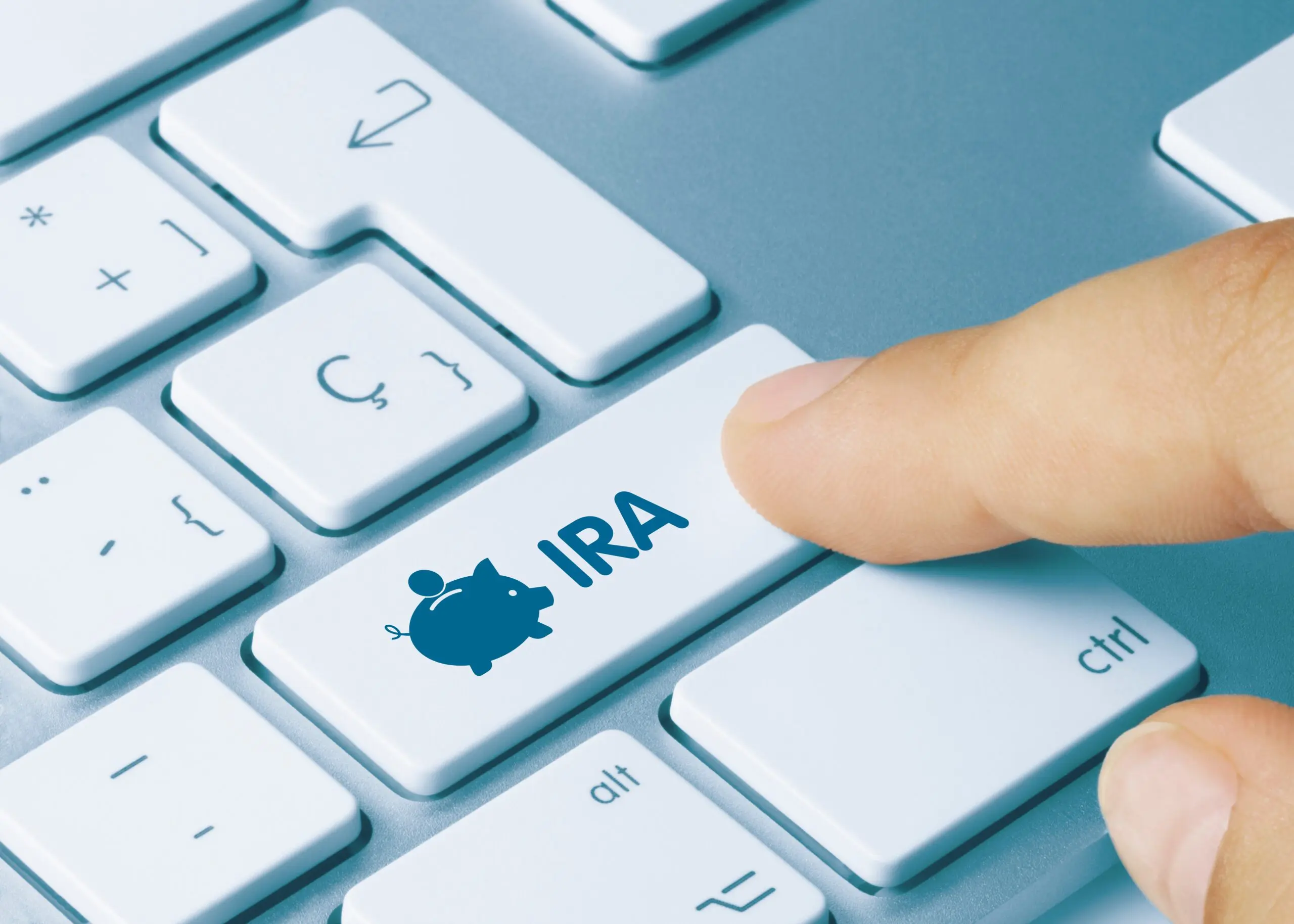Is a Self-Directed IRA a Good Idea?
Introduction
When it comes to planning for retirement, choosing the right investment vehicle is crucial. One option that has been gaining attention is the self-directed Individual Retirement Account (IRA). Unlike traditional IRAs, a self-directed IRA offers more control and flexibility, allowing investors to diversify their portfolios with a wider range of assets. But is it the right choice for you? Let’s delve into the pros and cons to help you make an informed decision.
What is a Self-Directed IRA?
A self-directed IRA is a type of individual retirement account that gives investors more control over their investments. Unlike traditional IRAs that typically include stocks, bonds, and mutual funds, a self-directed IRA allows for a broader range of investment options. This means you can include assets like real estate, precious metals, and even private placements in your retirement portfolio (Forbes).
There has been an increase over time in the use of self-directed IRAs. A self-directed IRA is an IRA held by a custodian that allows investment in a broader set of assets than most IRA custodians permit. Self-directed IRA custodians are only responsible for holding and administering the assets in the account and the investor has sole responsibility for evaluating the investments held in his or her account. However, investors may hire professional advisors to provide advice regarding their investments.
Benefits of a Self-Directed IRA
Diversification Beyond Traditional Investments
The primary benefit of a self-directed IRA is the ability to diversify your investment portfolio. By expanding beyond the standard stocks, bonds, and mutual funds, you can potentially hedge your portfolio against market fluctuations and volatility. This diversification can be a strategic move, especially in turbulent economic times.
Tax Advantages
Like other IRAs, self-directed IRAs offer significant tax advantages. Depending on whether you choose a traditional or Roth self-directed IRA, your contributions may be tax-deductible, or you can enjoy tax-free growth and withdrawals. These tax benefits mean you can keep more of the money you invest and earn, maximizing your retirement savings.
Risks and Considerations
Risk of Fraud and Account Fees
While a self-directed IRA offers more investment freedom, it also comes with increased risks. Investors should be aware of the potential for fraudulent schemes. These risks are compounded by the fact that self-directed IRAs often involve less familiar and more complex investment options. Additionally, these accounts can come with fees, which can eat into your retirement savings (FINRA). Be sure to shop around and find the best fees for your investment style.
Volatile Performance
As with stocks, investments in a self-directed IRA can be volatile and unpredictable. The lack of diversification in traditional assets can lead to higher risk, especially if a significant portion of the portfolio is invested in less stable assets. Investors need to be comfortable with this level of risk and ideally have a deeper understanding of the alternative investments they are considering (Investopedia).
Conclusion
A self-directed IRA can be a powerful tool for savvy investors looking to diversify their retirement portfolio beyond traditional assets. The potential for higher returns and the advantage of tax benefits are attractive features. However, these benefits come with risks and the need for thorough due diligence. Before deciding, consider your investment knowledge, risk tolerance, and the costs involved. Consulting with a financial advisor is also a wise step to ensure that a self-directed IRA aligns with your overall retirement strategy.
uDirect IRA Services is not a financial advisory firm and we are not fiduciaries. Be sure to do your own research on any investment you make. To learn more, reach out to us at info@uDirectIRA.com and discuss your questions. To get started with a self-directed account, start HERE.

